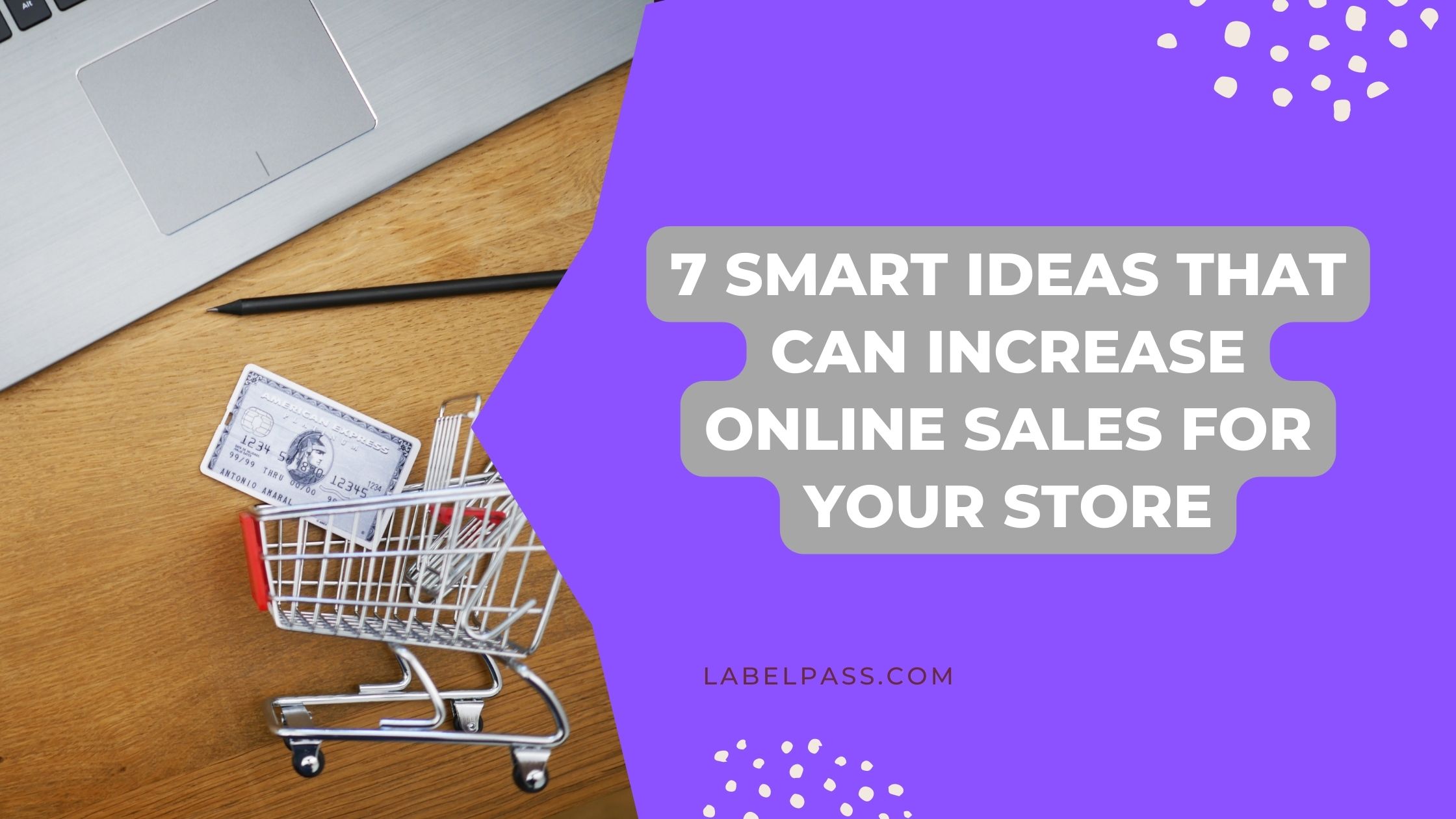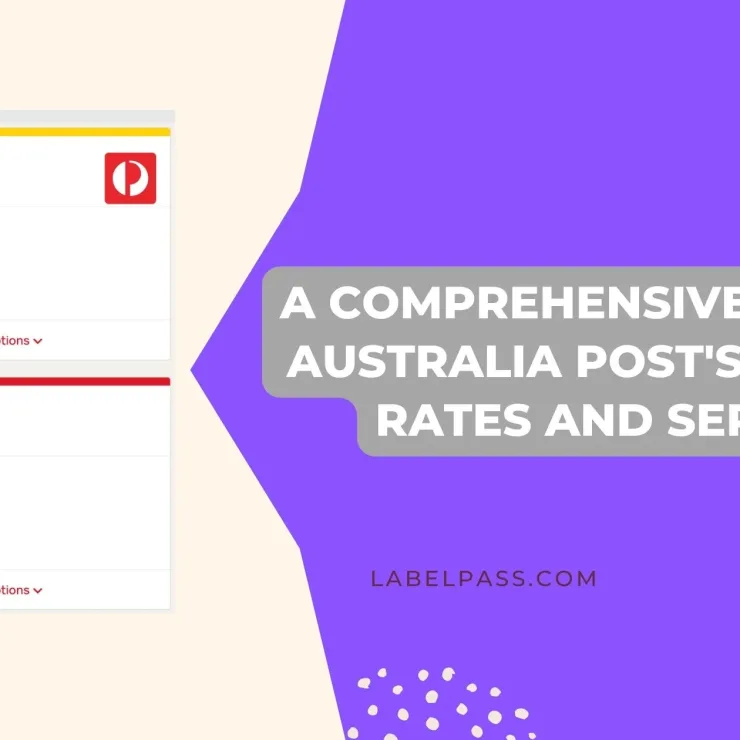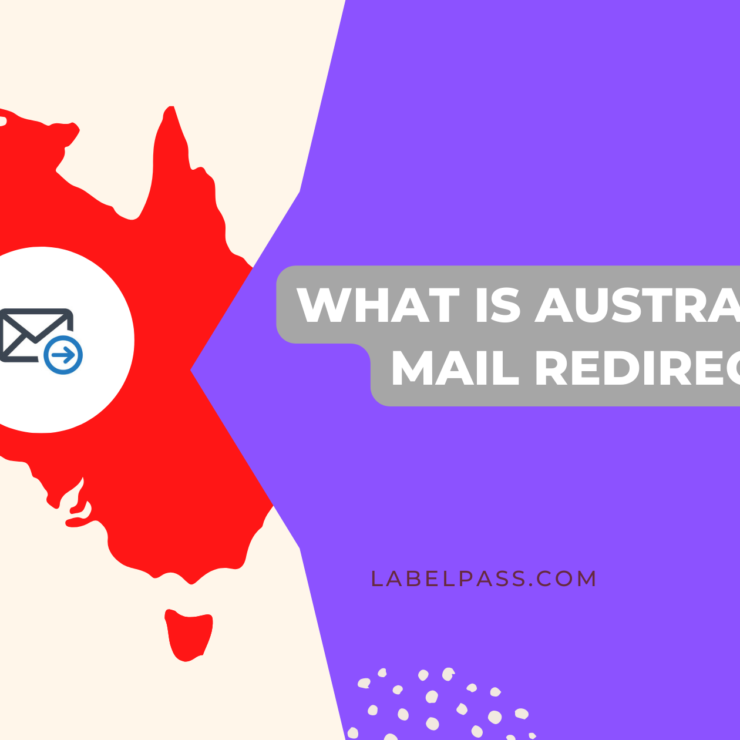Whatever field you are active in and whatever type of products you sell, there is no doubt that you have a lot of competitors, owners of online stores who seek to increase sales and attract more buyers. In this competitive environment, you have to put in a lot of effort to differentiate yourself and double your sales. So, we have collected for you 8 smart ideas and methods that will enable you to increase your online store sales.
1. Cross and alternative selling
Have you ever visited a product page in an online store and seen the “You may also want to buy…” section? This type of selling is called a cross-sell. Both cross-selling and alternative selling techniques are proven to be effective in e-commerce, and it is rare to find an online store that does not use them.
In cross-selling, you try to persuade the buyer to buy complimentary items to the one he wants to buy, for example, if he wants to buy a computer, he can be persuaded to buy a computer camera, printer and other complementary additions. In alternative selling, you try to persuade him to buy more or more expensive products than the original products for which he came. For example, if he wants to buy a dishwasher, you can try to convince him to buy a complete set of kitchen appliances such as ovens, cooking utensils, etc.
2. Distinguishing rare and best-selling products
There is a psychological phenomenon called FOMO, which is the anxiety that you might miss an opportunity because rare things are generally desirable. This techniqe is not limited to e-commerce only, but in the field of e-commerce, e-stores try to exploit it to increase sales by evoking this feeling among customers by telling them that the quantities of products offered for sale are limited and that their stock may run out at any moment.
Also, there is a principle called the Pareto principle, which states that 80% of results come from 20% of the effort. This means that 80% of your profits will come from 20% of your best-selling products, because people automatically tend to the products that are in high demand, and this is proof of their quality. So, try to focus on the best-selling products, show them on the homepage, on the landing page and on your social accounts.
3. The phenomenon of decoy
There is a psychological phenomenon observed by marketing scholars known as the decoy effect, whereby the opinions of buyers change regarding the trade-off between buying two products when they are presented with a third option that is not good and less than the other two options in all respects, at a price close to them. In this case, buyers tend to buy better products.
In the following video, a nice experiment about applying this effect in cinemas. The experiment aims to influence buyers to buy a large-sized box of popcorn for $7, which all those who tested initially refused in favour of the smaller box, which costs only $3. Things changed drastically after the introduction of a third option.
4. Reduce cart abandonment
An e-commerce statistic shows that $4 trillion is lost to buyers abandoning their purchases, two-thirds of which could have been profiting from those online stores. This statistic is astonishing and shows the amount of missed opportunities on online stores. Especially since the abandonment of the purchase occurs after the buyer chooses the products he liked and adds them to the cart, but for one reason or another, he retracts the purchase. Online stores try to solve this problem and encourage buyers to complete their purchases. There are many approaches that these online stores adopt, such as:
Facilitate payment procedures
Payment procedures should be simplified to the maximum extent, some online stores require the buyer to register on the site before making a purchase, and others require him to fill in a large number of unnecessary fields. Remember that the more steps a buyer takes, the greater the chance that they will leave without completing the purchase. So you have to stick to the basic data and make the payment process as simple as possible.
Enhance user experience
Some online stores try to remove all distractions from the checkout page, including browsing menus. If the buyer enters the payment page, it will be difficult for him to leave the page because he will only find the payment button and complete the purchase. This method may not be suitable for everyone, as it can negatively affect the user experience. One of the main pillars of a good user experience is the ease of navigation of the site.
5. Post-purchase messages
One of the mistakes that many online store owners make is their belief that their relationship with the buyer ends once they complete the purchase and get their money, and this is a mistake. Because previous customers are 60 to 70% more likely to buy from you again, the probability of buying from a new customer is only 5 to 20%.
Existing buyers should be given special care by sending post-purchase emails thanking them and providing detailed information about the purchase, the products they purchased, shipping procedures and when the product will arrive. You can also give them coupons and discount vouchers to encourage them to come back and increase their loyalty to you, and encourage them to add reviews and ratings on the products they bought, this will encourage other buyers to buy.
6. Gifts and temporary coupons
One of the best ways to gain customer loyalty and make them loyal and permanent buyers is to make them feel that they are not just a source of money, but part of your business and your personal relationship with them. Some online stores send discounts to their customers on their birthdays as a good gesture, and although it is a simple step, it means a lot to customers.
Some stores also create temporary coupons with limited validity, either in terms of their validity period or the number of buyers who can benefit from them. Temporary coupons trigger the fear of missing out and encourage buyers to spend. Some studies have shown that buyers with coupons spend about 25% more than regular buyers.
7. Refund Policy
One of the things that make people hesitate to buy is their fear that the product will not live up to their expectations. This feeling increases in the field of e-commerce, as unlike regular stores that allow the buyer to see and touch the product and possibly use it before buying, the buyer cannot try the product in online stores.
The only information the buyer has is a picture or a few pictures of the product and a description of several lines. Therefore, online store owners must provide the possibility of returning money to buyers in the event that they do not like the product or do not respond to the agreed specifications within a certain period. This strategy removes the psychological barriers in buyers and reduces the risk of wasting money, and this leads to increased sales.




